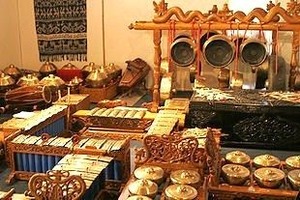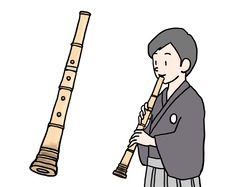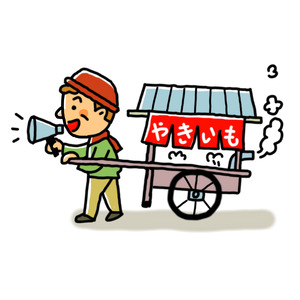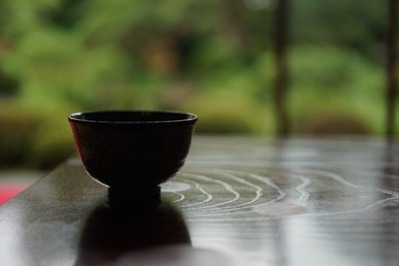On this blog, I wrote the following articles:
▶Comparison of auditory dominancepatterns between Westerners and Japanese
▶Consideration of auditory dominancepatterns between Westerners and Japanese
▶Sounds of the natural world that Japanesepeople respond to in the left brain
On this page, I would like to explore “sounds in the natural world”.
◎Organic sounds emitted by the natural world (sounds mixed with a certain amount of non-integer harmonic tones)
・Sound of babbling stream
・Sound of waterfall
・Sound of ocean waves
・Sound of raining
・Sound of snowing
・Sound of blowing wind
・Sound of volcanic eruption
・Sound of rumbling of the earth
・Sound of thunder
・Sound of leaves swaying in the wind
・Sound of birds singing
・Sound of insects chirping
・Sound of insects flying
◎Works that use organic sounds emitted by the natural world (sounds mixed with a certain amount of non-integer harmonic tones)
・Sound of bonfire
・Sound of Furin (wind-bell)
・Sound of Suikinkutsu: Suikinkutsu, a decoration in Japanese garden, is a device that makes water droplets fall into a cavity created in the ground near the chozubachi and the sound emitted at that time reverberates.
・Sound of Shishiodoshi: Shishiodoshi is a Japanese garden decoration that automativcally generate sound by drawing water into bamboo pipes.
・Sound of walking with clogs, “karan-koron”
・Sound of grilling fish on a charcoal stove
・Sound of walking on a gravel road
◎Organic sounds emitted by people (sounds mixed with a certain amount of non-integer harmonic tones)
・Talking voice
・Voice of emotional expression such as delight, anger, sorrow and pleasure
・Voice used when drawing attention to a person
(Example) Pronouncing “Shhh!” when you want a person to stop talking
・Sound of slurping Japanese noodles
・Whistling
・Sound of deep breath
・Sound of sigh
◎Sounds with fluctuating pitch
・Japanese musical instruments, etc.
◎Slightly unharmonious sounds
・Japanese musical instruments, etc.
I will provide more examples in the near future.
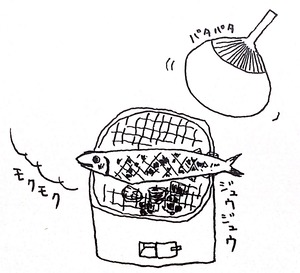
これまで、こちらのブログで、次のような記事を書いてきました。
▶西洋人と日本人の聴覚優位性パターンの比較
▶西洋人と日本人の聴覚優位性パターンの考察
▶日本人が左脳で反応する自然界の音
こちらのページでは、〈自然界にある音〉について、探っていきたいと思います。
◎自然界が発する有機的な音(非整数次倍音が適度に混ざった音)
・川のせせらぎの音
・滝の水の音
・海の波の音
・雨が降る音
・雪が降る音
・風が吹く音
・火山の噴火の音
・地鳴りの音
・雷の音(雷鳴)
・風で木の葉が揺れる音
・鳥が鳴く音
・虫が鳴く音
・虫の羽音
◎自然界が発する有機的な音(非整数次倍音が適度に混ざった音)を利用したもの
・たき火の音
・風鈴の音
・水琴窟の音
・ししおどしの音
・下駄の歩行音「カランコロン」
・七輪で魚を焼く音
・砂利道を歩く音
◎人間が発する有機的な音(非整数次倍音が適度に混ざった音)
・話し声
・喜怒哀楽といった感情表現の声
・人に注意を向けるときの声
(例)おしゃべりをやめて欲しいときに「しー!」という音を発音する。
・蕎麦をすする音
・深呼吸
・溜息
◎音高が揺らいでいる音
・和楽器など
◎協和性がわずかに崩れた音
・和楽器など
今後、実例をさらに挙げていきます。

NLP共同創始者ジョン・グリンダー博士認定校
ニューコードNLPスクール
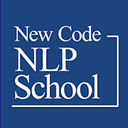
記事投稿日:2023/07/04






